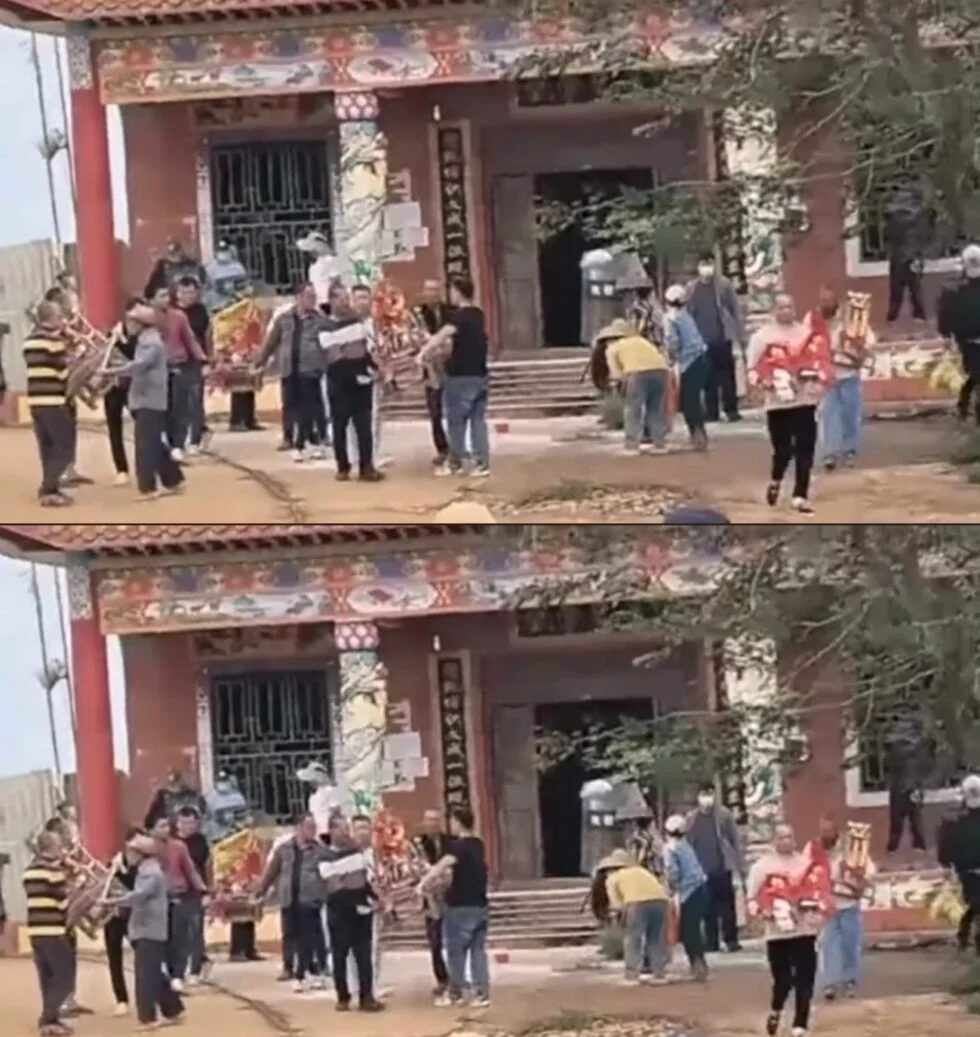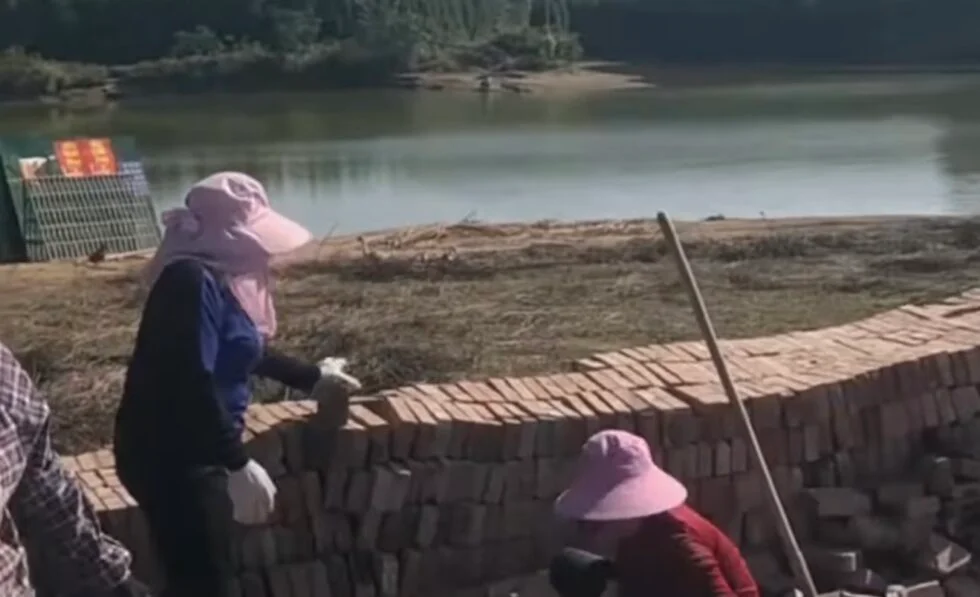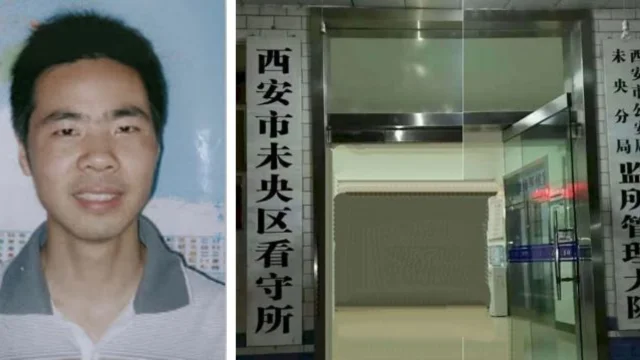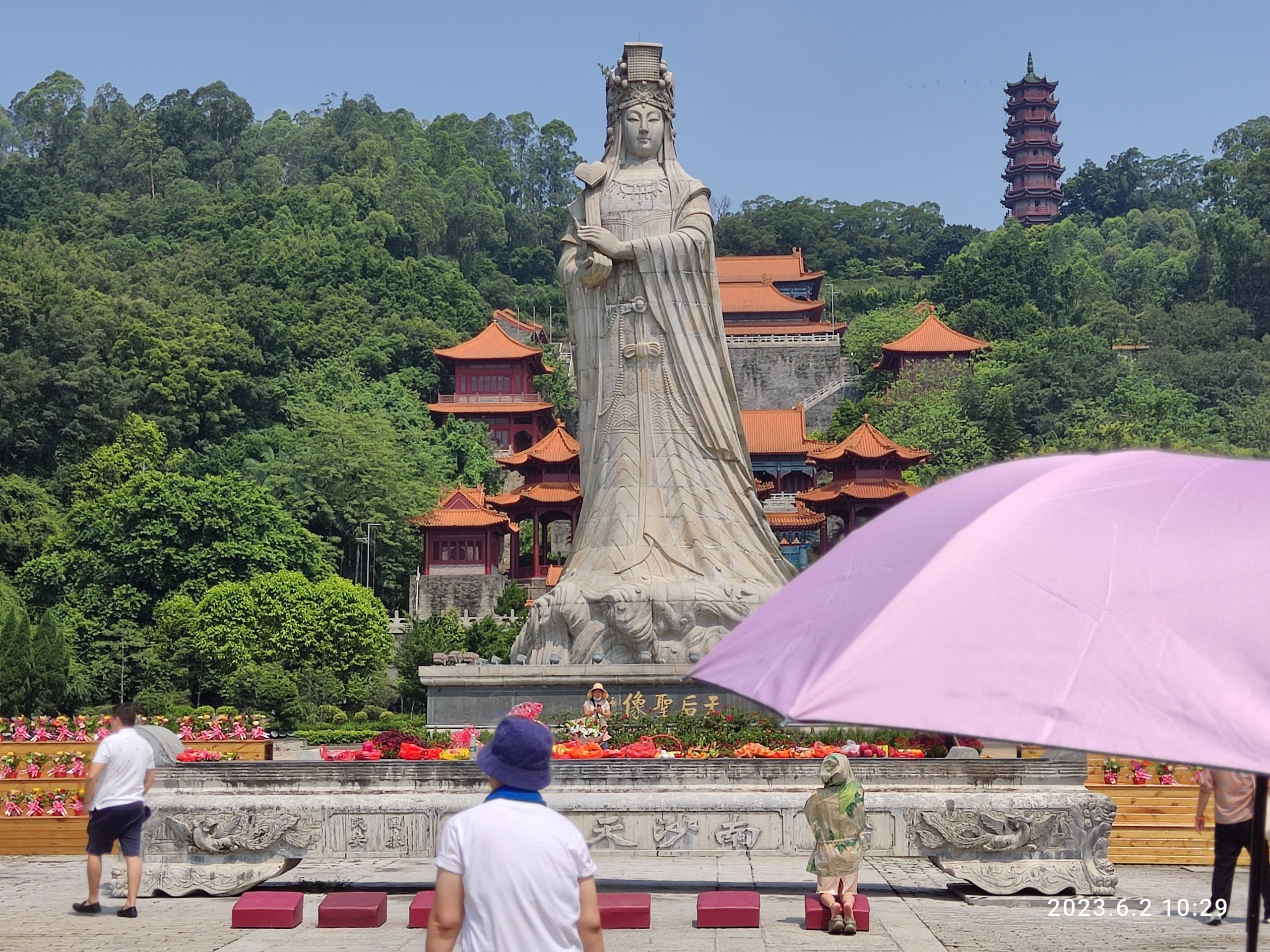A folk temple in Hainan and a Yao ethnic clan hall in Guangxi were destroyed. This time, a protest erupted.

In mid‑November 2025, two corners of southern China—Hainan and Guangxi—became the stage for a familiar drama: bulldozers, police cordons, and the destruction of places where ordinary people gather to honor gods and ancestors. The script is old, but the performances remain raw.
On November 17, in Meilan village, Bohou township, Lingao county, Hainan, local authorities arrived with a complete demolition squad. Police with shields and batons surrounded a small folk temple, intent on erasing it from the landscape.
Villagers, unarmed and desperate, responded not with violence but with ritual. As drums thundered, they scooped up handfuls of rice and hurled them at the advancing officers. In Lingao tradition, scattering rice is both a blessing and a curse: a way to drive away evil, to mark intruders as defiled, and to warn that misfortune will cling to them.
Videos from the scene show pushing and shoving, a woman knocked to the ground by government personnel, and villagers shouting as sacred statues were carried away. The rice became a symbol of resistance—an act of spiritual protest against a state that recognizes no authority higher than its own.
Just days earlier, on November 14, officials in Lianshan township, Fuchuan county, Guangxi, led by the township head himself, descended on Jingtou village. Their target was a Yao ethnic clan hall, a building that served not only as a site of ancestor worship but as the spiritual heart of the community.
Women tried to shield the hall with their bodies, but numbers and force were against them. The hall was reduced to rubble. Yet the story did not end there. The very next day, villagers returned to the ruins and began rebuilding, brick by brick, stone by stone.

For the Yao, the clan hall is more than architecture. It is lineage made visible, blood ties embodied in wood and mortar. Its destruction was meant to sever those ties. Its reconstruction was a declaration: the community will not be erased.
These two incidents are not isolated. Across China, temples, clan halls, and shrines are demolished under the pretexts of “illegal construction,” “land regulation,” or “safety hazards.” The slogans change, but the logic is constant.
Even a village temple or a clan hall—humble structures devoted to ancestors and local gods—becomes intolerable. They represent cohesion, identity, and loyalty to something beyond the state. For an authoritarian system, that is enough to mark them as threats. The rice scattered in Hainan and the bricks laid in Guangxi are small acts, but they reveal much. Villagers know they cannot defeat the machinery of the state. Yet they cling to ritual, to rebuilding, to gestures that say: our gods, our ancestors, our community still matter.
The authorities, meanwhile, fear precisely that. They fear that temples and clan halls embody loyalties stronger than propaganda, memories deeper than slogans, and hopes more enduring than decrees.
Two demolitions, two communities, two forms of resistance. Rice against riot shields. Bricks against bulldozers.
The Party may claim victory in each confrontation, but the persistence of ritual and rebuilding tells another story. A story asking whether ordinary people may keep spaces of meaning that do not belong to the state.
Source: Bitter Winter












